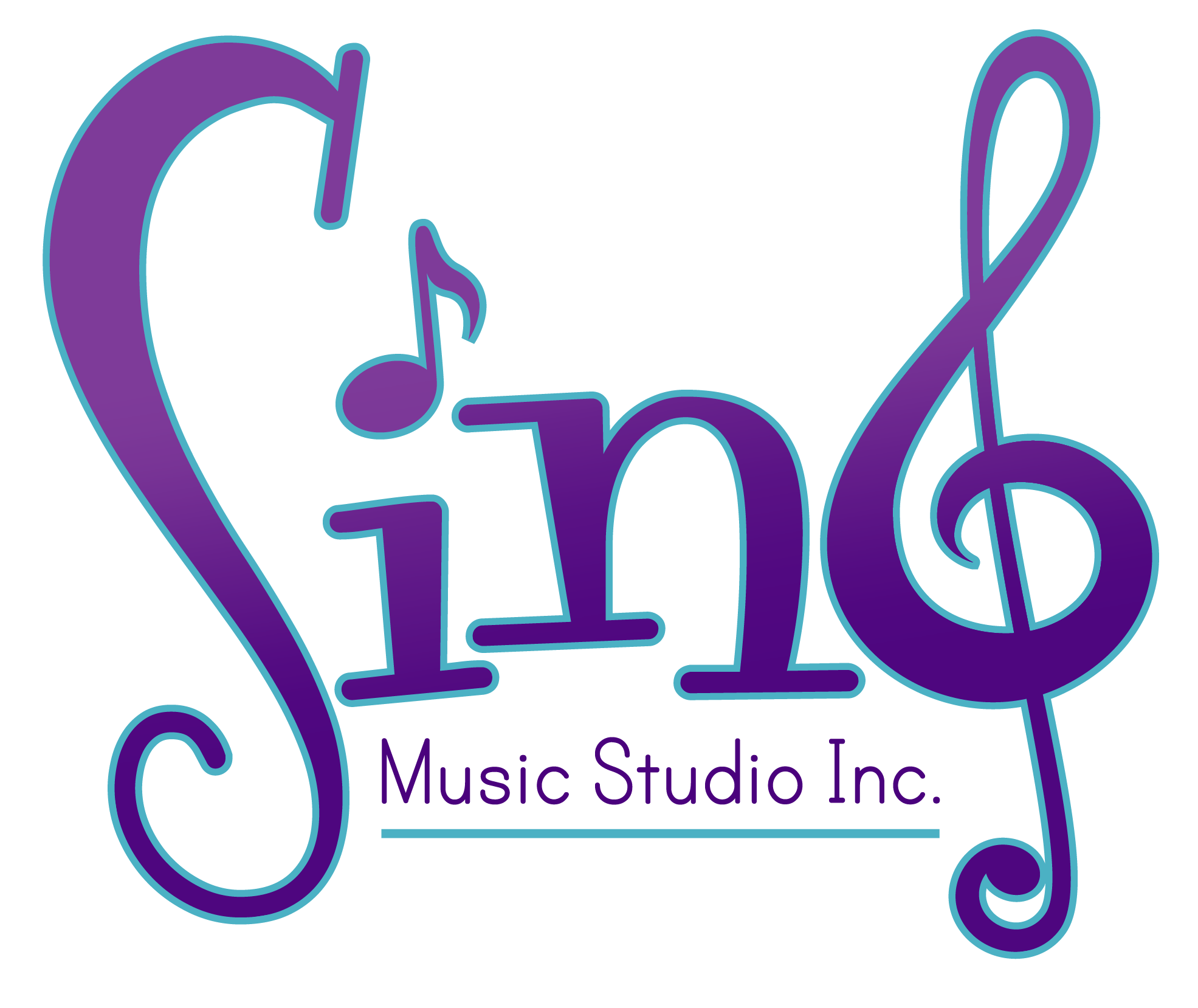Parents provide children not-so-subtle verbal clues when they are in BIG trouble. The use of a child’s full name is a pretty basic one. (John Jacob Jingleheimer Schmidt!) The dreaded “Mommy or Daddy voice” gives a child another indication of a possible timeout in the immediate future. Hearing a parent speak in a staccato style supplies a child still another hint. (Do. Not. Do. That. A.Gain.) At three or four years old, your child can probably quickly sort through your sound clues and put them in the “I’m in big trouble” category.
That’s actually a good thing. Sorting and categorizing sounds strengthens your child’s listening acuity or your child’s ability to hear and understand clearly. In Kindermusik, we use music and movement to give your child many opportunities to practice sorting and categorizing sounds. So, when we explore the different sounds of drums and label them loud or soft or use them to imitate weather sounds in “Jingle Bell Symphony,” or even when we move fast or slow with the scarves on “Leaves in the Wind,” your child is practicing sorting and categorizing sounds. All this practice ultimately leads to better phonemic awareness, communication skills, and even boosts reading abilities.
Everyday Connection: Is that a bird or a plane? Take turns listening to the sounds outside your own windows. Then determine if the sound is loud or soft or an animal…or not. You can practice sorting and categorizing sounds almost anywhere!

